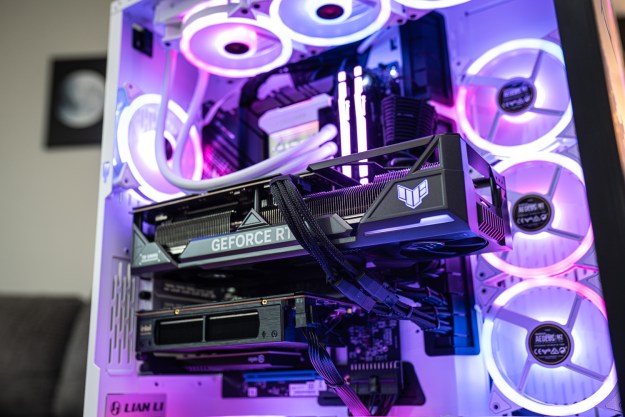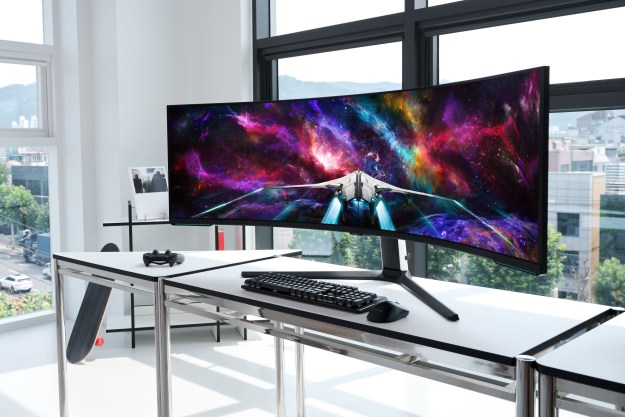Up until a few years ago, the only way most Cubans could use the internet was to visit a public Wi-Fi hot spot, typically a park or plaza, and connect to the internet using scratch-off cards sold by the hour. These outdoor Wi-Fi hot spots were few and far between, and they provided no protection from the scorching sun or torrential Caribbean downpours. And the reliability of the connection was spotty at best.
Cubans didn’t spend their days glued to digital screens, posting carefully curated versions of their lives online. They didn’t experience a near-constant state of FOMO (fear of missing out) if they felt their own lives didn’t measure up to what was showing up in their social media feeds.
They met with friends to converse in plazas. They played baseball in the park, soccer in the street, and dominoes on the sidewalk. They held spirited debates in cafes, restaurants, and living rooms. They worked to establish and build a growing number of independently run private businesses popping up across the country.
But since then, internet coverage has expanded through mobile providers, giving more and more people access and flooding the country with a sudden glut of digital culture. Those in Cuba say the cultural shift has been dramatic.

More internet for more Cubans
Cuban President Miguel Díaz-Canél indicated in 2015 that the country would work to make the internet “available, accessible, and affordable for everyone.” At the time, cellular phones were relatively rare, mobile data plans were nonexistent, and only a lucky few individuals had (very slow) dial-up internet at home.
While there is certainly room for improvement, the internet has grown more in the past 18 months than it had in the previous decade and the vast majority of Cubans that Digital Trends spoke with were pleased with the progress. Not unlike in the United States and other developed nations, access begins first in large cities but struggles to reach remote areas.
Cuba now boasts 1,072 public Wi-Fi hot spots that serve as a vital resource to connect its people with the outside world. But fewer and fewer people are using them as their primary means of connection. Since December 2018, Cubans have been able to purchase phone-based data plans, allowing them to connect anywhere there is a signal.
Between 2015 and 2019, hourly Wi-Fi connectivity rates dropped from $4.50 an hour to $1 an hour. In a country where the average salary hovers around $25 a month, such a significant price drop dramatically increases the number of people who can afford to access the internet.
According to Cuban news site 14ymedio, as of January, 2019, 1.8 million of Cuba’s 5.3 million cell phone subscribers were accessing the internet from their mobile device.
Who’s benefiting from the expanded access?
The Cubans most able to afford mobile data plans are those with access to tourist dollars: Tour guides, classic car drivers, servers in restaurants catering to tourists, and the owners of casas particulares, private homestays that host travelers.
In July, 2019, the Cuban government permitted the creation of private internet networks in homes and businesses. This home-based internet connection has proven especially helpful to the owners of casas particulares, who can now more easily correspond with potential renters. Airbnb in Cuba has offered tremendous financial opportunities to some of the Cubans who list their casas on the site, particularly those who can now offer Wi-Fi as an additional amenity for travelers.
Small business owners across the island have also benefited from increased internet access. Restaurants, bookstores, and bike shops are now able to reach their clients (whether Cuban or foreign) cheaper and more easily through mobile-based text messages and social media campaigns. This brings down their costs while increasing their reach and exposure.
There’s no question that mobile data plans have increased connectivity on the island, facilitated the growth of small businesses, and enabled Cubans to connect with family abroad. As a result, Cubans – and pretty much everyone in the world – are now spending an increasing amount of time staring at their screens.
The consequences of more screen time
Nicole Arzt, a licensed marriage and family therapist who serves on the advisory board for Family Enthusiast, told Digital Trends that when internet or social media usage starts becoming more popular in different societies, there are several noteworthy effects — both positive and negative.
“Economic opportunities tend to increase, which can be incredibly advantageous for impoverished countries, and the internet also provides an educational component that many people could not otherwise obtain. That said, any time people start spending more time on social media, we tend to see increases in mental health problems related to self-absorbent behavior, reported rates of loneliness, depression, and anxiety,” she said.
Arzt reports that social media can trigger intense feelings of inferiority and FOMO.
“People tend to replace face-to-face interactions with virtual ones, and the more they do this, the more their connectivity to others tends to weaken,” she said.
Until recently, nobody could be caught at the dinner table scrolling through their social media pages or typing a message on WhatsApp. Mobile data plans didn’t exist, so phones were mostly used for text messages – which were, and still are, much cheaper than phone calls. Friends meeting to hang out in a bar or in the park had no reason to take their phone out of their pocket. They were fully present in their conversations and interactions with others.
Danys Milan, a history professor in the city of Cienfuegos, bemoaned how quickly Wi-Fi access has begun to influence Cuban culture.
“Most people under 25 stare at their phones all day and are more interested in their virtual lives than in connecting with people in person,” he lamented in a Digital Trends interview. “You already see some teenagers that don’t want to leave their houses.”
He said many of his friends and colleagues in their 30s and 40s now prefer to look at memes when they get together instead of actually talking to each other.
“Increased internet access has absolutely provided better financial opportunities, particularly for small businesses,” he said, “but it’s also had a negative impact on society’s interest in and ability to have face-to-face conversations. I’m especially worried about the long-term impact on our youth.”

Resistance to internet culture
When Wi-Fi first came to Havana, the socially conscious bookstore and coffee shop Cuba Libro decided to not install a connection in the cafe.
“One of the things that makes Cuba Libro so special is the connection amongst people, all types of people,” its founder, Conner Gorry, told Digital Trends. “But we also decided at that time that people need to be connected digitally – for work, to stay in touch with their families, to maximize their opportunities – so we decided that to have access to that Wi-Fi, people had to be participatory and part of our community.”
Cuba Libro didn’t want customers coming in just for the Wi-Fi, so it was decided that anyone contributing an hour of volunteer work would receive an hour of Wi-Fi. Customers could also receive an hour of Wi-Fi when they had 10 punches on their frequent customer card.
The introduction of mobile data in Cuba meant that Cuba Libro’s customers no longer required an external Wi-Fi connection to connect to the internet at the café.
They could now create their own mobile hot spot with their phone and use the café as a workspace. Gorry says, however, that she has not noticed a decrease in genuine interaction among Cuba Libro’s community. In fact, she says that many customers express that they specifically visit Cuba Libro “to get away from all the internet, static, and real-life problems.”
Only time will tell how dramatically Cuba’s steadily increasing internet access will impact its population. For now, one thing is certain: Despite the concerns of the older generation, Cubans now have greater access to the web — and can look forward to even more connectivity in the future.




